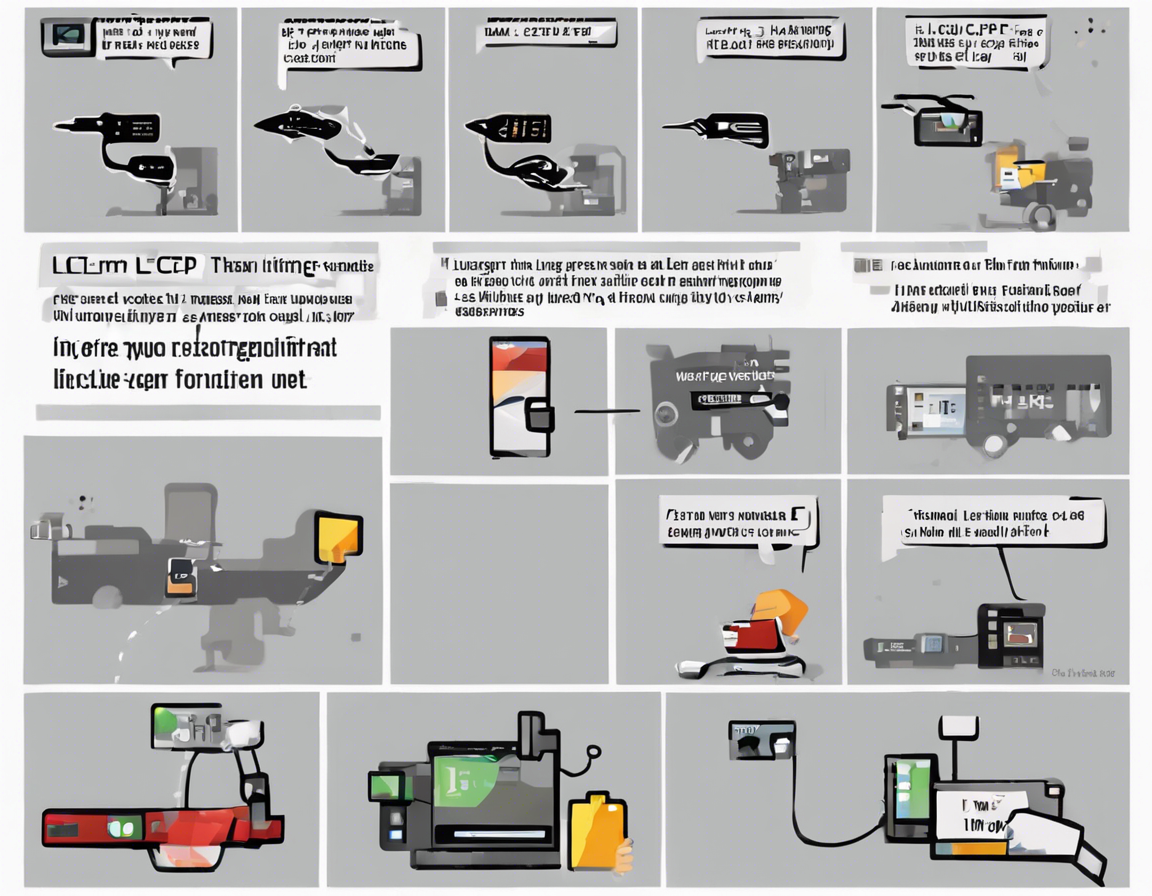The Largest Contentful Paint (LCP) metric is a user-centric performance metric that measures loading performance. It specifically looks at the time it takes for the largest content element in the viewport to be rendered on a webpage. Google has indicated that having an LCP of more than 4 seconds can lead to a suboptimal user experience and might negatively impact your site’s search engine ranking and overall performance. In this article, we will delve into the causes behind an LCP issue longer than 4 seconds and explore effective troubleshooting strategies to resolve this problem and enhance your website’s performance.
Understanding LCP and Its Importance
Before we jump into troubleshooting techniques, let’s first establish a clear understanding of what LCP is and why it is crucial for website performance optimization:
What is LCP?
- LCP stands for Largest Contentful Paint.
- It measures the loading speed of the largest content element on a webpage.
- LCP helps evaluate how quickly the main content of a page is displayed to users.
Why is LCP Important?
- User Experience: Faster LCP leads to quicker loading times and better user experience.
- SEO: Google considers LCP as a vital metric for Core Web Vitals and ranking websites in search results.
Common Causes of LCP Issue Longer Than 4 Seconds
Now, let’s identify some common factors that can contribute to an LCP issue longer than 4 seconds:
1. Large Image or Video Files
- Unoptimized media files such as images and videos can significantly slow down LCP.
- Ensure to compress images and videos without compromising quality.
2. Render-Blocking Resources
- Javascript and CSS files that block rendering can delay LCP.
- Optimize and defer unnecessary scripts to improve loading speed.
3. Slow Server Response Time
- Underpowered servers or high server loads can lead to delayed content rendering.
- Consider upgrading your hosting plan or optimizing server configurations.
4. Inefficient Code
- Complex code structures or bulkier scripts can hinder page loading times.
- Refactor and streamline code to enhance performance.
5. Third-Party Scripts
- Excessive third-party scripts or integrations can impact LCP negatively.
- Evaluate and limit the number of third-party resources on your site.
Troubleshooting Strategies to Improve LCP
Now that we have identified potential causes, let’s explore effective troubleshooting strategies to improve LCP performance:
1. Optimize Images and Videos
- Compress images using tools like Kraken or TinyPNG to reduce file sizes.
- Leverage responsive images and utilize modern image formats like WebP for better performance.
2. Minimize Render-Blocking Resources
- Identify critical CSS and inline it to prevent render-blocking.
- Use tools like Webpack or Gulp to minify CSS and JS files.
3. Improve Server Response Time
- Enable caching mechanisms like browser caching and CDN for faster content delivery.
- Utilize tools like Google PageSpeed Insights to monitor server response times.
4. Optimize Code
- Minimize HTML, CSS, and JS files by removing redundant code.
- Consider lazy loading for off-screen elements to enhance loading speed.
5. Manage Third-Party Scripts
- Evaluate the necessity of each third-party script and remove unused ones.
- Implement asynchronous loading for third-party resources to prevent delays.
Frequently Asked Questions (FAQs)
Q1: What tools can help me diagnose LCP issues?
A1: Tools like Lighthouse, PageSpeed Insights, and WebPageTest are effective in identifying LCP problems and providing performance insights.
Q2: Is a good LCP score the only factor for a high-performing website?
A2: While LCP is crucial, other Core Web Vitals like First Input Delay (FID) and Cumulative Layout Shift (CLS) also play a significant role in overall website performance.
Q3: How often should I monitor my LCP metrics?
A3: Regular monitoring, at least once a month, is recommended to ensure consistent performance improvements and timely issue detection.
Q4: Can lazy loading help improve LCP performance?
A4: Yes, lazy loading can delay the loading of non-critical resources, thereby improving initial page load times and potentially enhancing LCP scores.
Q5: Should I prioritize LCP optimization over other performance metrics?
A5: While LCP is crucial, a balanced approach that considers all Core Web Vitals and overall user experience is ideal for comprehensive performance optimization.
By implementing the aforementioned troubleshooting strategies and understanding the significance of a fast LCP, you can effectively address and improve LCP issues longer than 4 seconds on your website. Prioritize performance optimization, regularly monitor Core Web Vitals, and strive for continuous enhancements to provide users with a seamless and engaging browsing experience.
